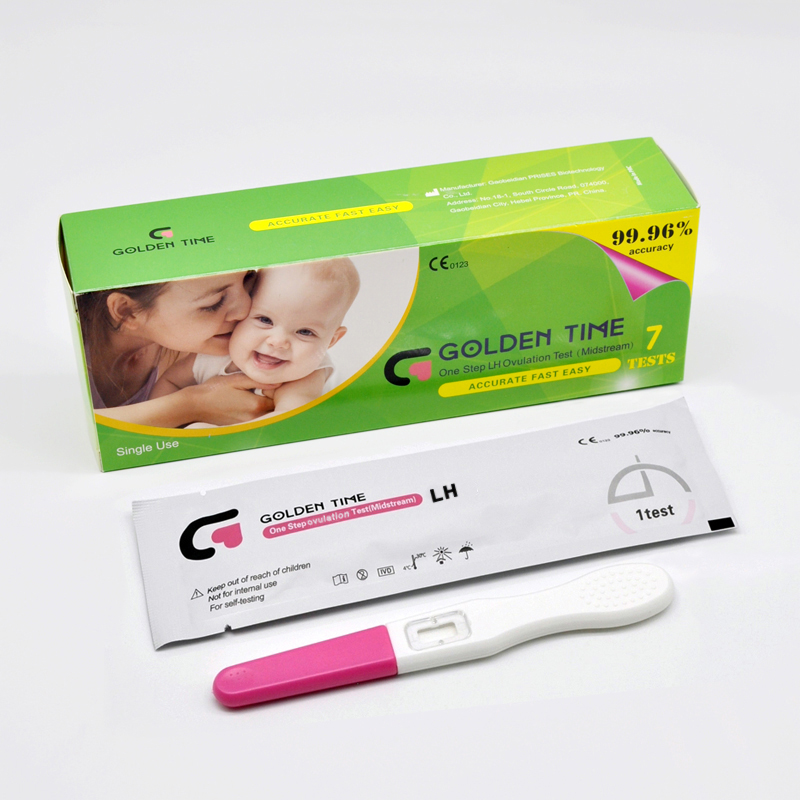Dec . 21, 2024 04:40 Back to list
nasal test swab,nylon flocked swabs
The Importance of Nylon Flocked Swabs in Nasal Test Swabbing
In recent years, the importance of accurate and efficient testing has surged to the forefront of public health strategies, particularly in the context of global health issues such as pandemics. One of the critical components of these testing strategies is the use of nasal test swabs, specifically nylon flocked swabs, which have gained prominence for their effectiveness in collecting samples from the nasal cavity. This article will explore the significance of these swabs, their design, and the role they play in diagnostic testing.
What are Nylon Flocked Swabs?
Nylon flocked swabs are specialized sampling tools designed to enhance the collection of specimens from the nasal cavity. Unlike traditional cotton swabs, which may not adequately gather biological samples, nylon flocked swabs utilize a unique construction that incorporates a dense, fuzzy head made up of short nylon fibers. This design allows for a greater surface area to come into contact with the mucosal surface inside the nose, thereby maximizing the amount of sample collected.
Advantages of Nylon Flocked Swabs
1. Efficient Sample Collection The nylon fibers of flocked swabs are designed to trap and retrieve more cells and fluids from the nasal cavity. This efficiency is crucial for diagnostic tests that rely on the quality and quantity of the sample to yield accurate results.
2. Rapid Processing The porous structure of the nylon fibers facilitates faster elution of the samples into the testing medium. This rapid processing reduces the time between sample collection and result reporting, which is particularly important during outbreaks when timely information can inform public health responses.
nasal test swab,nylon flocked swabs

3. Versatility Nylon flocked swabs can be utilized for various types of nasal testing, including testing for viruses, such as influenza and SARS-CoV-2, as well as for bacterial infections. Their adaptability makes them invaluable in clinical settings and during large-scale screening efforts.
4. Reduced Contamination Compared to traditional swabs, flocked swabs are less likely to introduce contaminants into the sample. The construction of the nylon fibers minimizes the risk of external substances interfering with the test results, thereby enhancing the reliability of the diagnostic procedures.
The Role of Nylon Flocked Swabs in Testing Protocols
Nasal swabbing is an essential component of many diagnostic protocols, especially for respiratory illnesses. The COVID-19 pandemic underscored the need for effective and scalable testing solutions, leading to many healthcare providers opting for nylon flocked swabs in their testing kits. Their design has made it possible to efficiently collect samples even in high-volume testing scenarios, such as drive-through testing centers and mass vaccination sites.
The use of nylon flocked swabs also helps to alleviate some of the discomfort associated with nasal sample collection. While swabbing can be an uneasy experience for many patients, the gentleness of these swabs often leads to a less invasive process, thereby encouraging more individuals to participate in testing.
Conclusion
The introduction of nylon flocked swabs into medical practice has significantly improved the landscape of diagnostic testing, particularly in relation to respiratory diseases. Their efficiency in collecting specimens, adaptability to various testing needs, and reduced risk of contamination are just a few of the reasons they have become the swab of choice in many healthcare settings. As we continue to navigate the challenges of infectious diseases, the importance of high-quality diagnostic tools like nylon flocked swabs cannot be overstated. By ensuring accurate and reliable sample collection, these swabs play a vital role in safeguarding public health, enabling rapid responses to emerging health threats, and ultimately contributing to better health outcomes for individuals and communities alike.
-
Accurate HCG Pregnancy Test Strips | Fast Home Use Kit
NewsJul.31,2025
-
Reliable Early Pregnancy Test Kit Supplier - Multi Plastic Cassette Options
NewsJul.30,2025
-
Transferrin Rapid Test Cassette – Reliable Tumor Marker Detection
NewsJul.29,2025
-
Accurate Follicle Stimulating Hormone Test Kit | Rapid Reliable Results
NewsJul.29,2025
-
High Accuracy LH Ovulation Test Kit - Digital Results & Wholesale Options
NewsJul.29,2025
-
HbsAg Blood Rapid Test Kit for Fast & Accurate Hepatitis B Detection
NewsJul.28,2025

